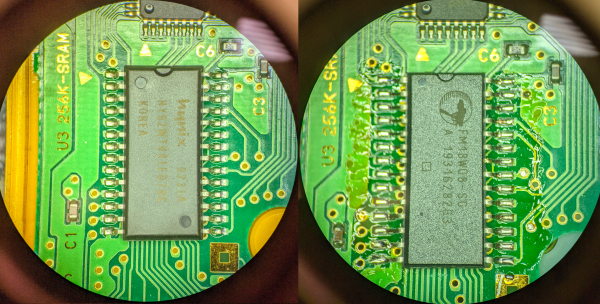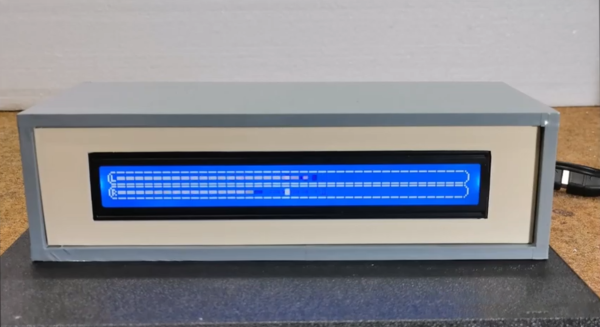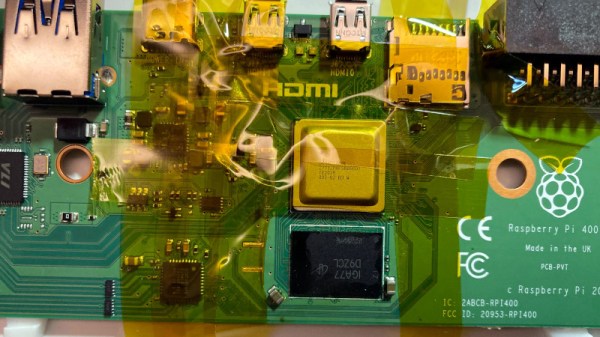Hackaday conferences have a long history of excellent T-shirt designs and this year’s Remoticon is no different. If you want one of your own, you need get on that before Friday. The only way to score on is to buy one of the T-Shirt + General Admission tickets by November 11th — it gets you into all of the conference events just like the free ticket, but also scores you a shirt. (Shipping within the US is free, international delivery costs an additional $10.) What you see above is the actual test print, modeled by Aleksandar Bradic who designed this and all of the shirt from past Hackaday conferences.
Of course the most important thing is that you don’t miss Remoticon, and there is a free ticket which will remain available through the end of the conference, but you can help us with the logistics by getting one now.
The full list of speakers and the schedule is now available on the conference website. We’re delighted to have Elecia White, Keith Thorne, and Jeremy Fielding present keynote talks, and 16 additional speakers on a range of hardware-related topics. (This is notable: we originally planned for a single day of talks but were blow away by all the proposals and doubled the speaking slots!)
You can’t quite rub elbows with all your friends from afar, but you can certainly spend time together in the conference Discord, during the Hacker Trivia (form teams if you like!), at the Bring-a-Hack inside Gather Town, and at the afterparty which will include a live set from DJ Jackalope.
Everyone Who Bought a Shirt, Read This!
If you bought a shirt and have already claimed it using the code we emailed to you, thank you, you are all set.
If you already bought a shirt but haven’t claimed it, check your email. You need to respond to the Google form we sent you. If you bought a T-shirt ticket and didn’t get an email from us, let us know. All shirts need to be claimed by November 15th! Gogogo!
If you plan to order your shirt right now, here’s what will happen. Buy your ticket following the link at the top of this article. We will email you a poll question about domestic or international shipping because we have to use two different ordering interfaces for these — logistics are hard. We will then email you a redemption code and link where you can choose your size and shipping address.
We Appreciate The Patience All of You Have Shown
Thank you to everyone for your amazing patience through this process. We wanted to replicate the experience of walking into Supercon and getting a shirt at the check-in table. Shipping logistics made that a bit harder, but everyone involved has been super awesome about it and that feels really good. See you at Remoticon a week from Friday!

















